Today was a day for some glorious green food. With spring well underway and the garden filled with resplendent life, I was inspired to once again forage some nettles. This time I combined them with watercress to make a pesto that screams springtime. Then I whipped up some flatbread using some beautiful local beremeal, and topped the whole lot with courgette and goat’s cheese. A lunch of beremeal flatbread with nettle watercress pesto, perfect of a beautiful spring day which is the first day of a long weekend!
Pesto is simple to make, and extraordinarily versatile. The word “pesto” is a Genoese word which means “pounded” or crushed. It refers to the crushing of the ingredients with a mortar and pestle (in fact the word pestle shares its roots in etymology with pesto). While the most familiar pesto generally is the traditional Genoese recipe which combines basil, garlic, pine nuts, cheese, olive oil, and salt, you can make pesto from a variety of ingredients. Your imagination is the limit!
For this pesto I par-boiled the nettle for 90 seconds, quite an important step as this gets rid of the nettle’s sting. I combined it with mineral rich watercress, some toasted mixed nuts (I used a combination of peanut, walnut, and almond), garlic, oil, and a bit of salt. I omitted the cheese for a vegan version, and because I wanted the peppery flavour of the watercress and the super green flavour of the nettles to really shine through.
The flatbread is a simple yeasted dough made from beremeal, yeast, salt, water and oil. I love beremeal. It has a really earthy kind of a taste, and the texture is a bit more dense than wheat. This ancient grain is a traditional crop of Shetland, and is a close relative to barley. Being such, I think it’s pretty hard to find in other parts of the world, but barley flour would be a perfect substitute.
Beremeal dough rolled out, and super green pesto applied, top the flatbread with some soft goat’s cheese, grilled courgette and a sprinkling of chopped nuts, and hey presto (or pesto… Har dee har har) a super satisfying lunch or light meal that’s filled with all of the nutrition of green spring growth, and a riot of earthy flavours. Delicious!


- 50g or about 1/2 cup nettle leaves, rinsed in cold water
- 85g or about 1 cup water cress
- 3 Tbsp mixed chopped nuts (a combination of walnut, peanut, and almond is nice)
- 2 cloves of garlic, crushed with a pinch of salt
- 2 Tbsp oil
- 125g or 1 cup beremeal flour (or substitute with barley flour)
- 1/4 tsp salt
- 1 tsp instant yeast
- 1 Tbsp oil
- 120 mL or 1/3 cup water
- 1/3 of a log of soft goat’s cheese
- 1/4 courgette sliced very thinly
- 1 Tbsp more of the mixed nuts
- Measure the flour into a large mixing bowl, and add the salt to one side, and the yeast to the other. Pour in the oil and water, and squash the mixture together with your fingers until it comes together into a rough dough. Tip the dough onto clean work surface and knead it for about 5 minutes, until the dough is smooth. Set it into a clean bowl and cover with cling film. Set it aside to rest at room temperature for an hour.
- Meanwhile, bring a large pot of water to a rolling boil, and fill a large bowl with ice water nearby. Once the water is boiling, put the nettles in and allow them to boil, stirring frequently, for 90 seconds. At the end of the time, drain the nettles and immediately submerge them in the ice water until they’re cold. Remove them from the water and squeeze the water from them (it’s safe to touch them with your bare hands at this point). Put them into a food processor or large mortar.
- Set a frying pan over medium heat and add the nuts for the pesto, as well as those for the topping, into the dry pan once it’s hot. Allow the nuts to toast, tossing them from time to time, for about 3 minutes, or until starting to turn a bit golden, and becoming aromatic. Once toasted, remove from the heat, add 3 Tbsp of them to the mortar or food processor and set the remaining Tbsp full aside.
- Add the remaining pesto ingredients to the mortar or food processor. Use a pestle to grind the ingredients to a slightly chunky pesto, or pulse in the food processor until you’ve achieved the same results. Set aside.
- Brush a frying pan lightly with oil and set it over medium heat. Once hot, add the courgette and leave them for about 3-4 minutes until just beginning to brown and soften. Remove them from the heat and set aside.
- Pre-heat the oven to 200 degrees Celsius and lightly brush a round baking tray with oil.
- Once the dough has rested for an hour turn it out onto the prepared tray and press it into a round about a centimeter thick with your fingers. Spread some pesto over the top, and then arrange the courgette on top. Sprinkle over the reserved nuts and crumble on the goat’s cheese. Place the tray in the oven and leave it to bake for 30-40 minutes, until the cheese is starting to brown, and the bread is firm and browned on the bottom.
- Serve hot and store any left over pesto in an airtight container in the fridge for a few days.

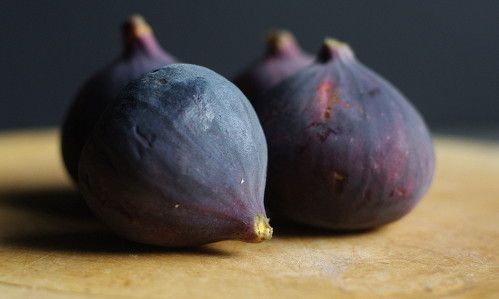
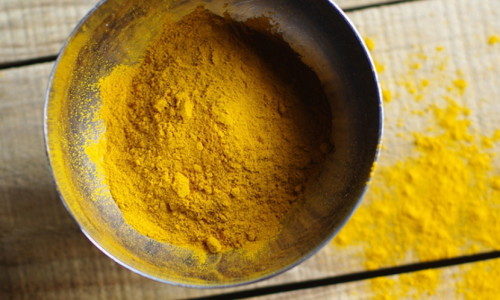
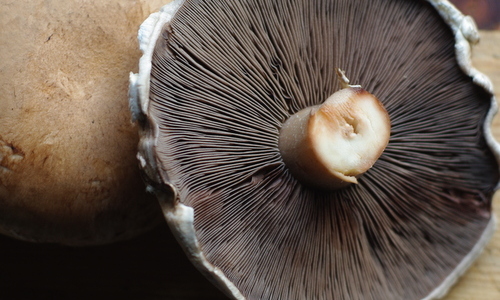
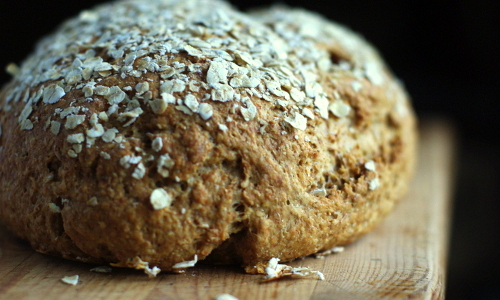

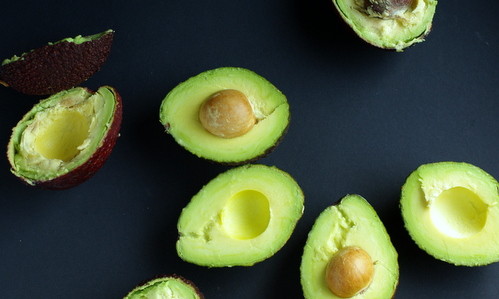
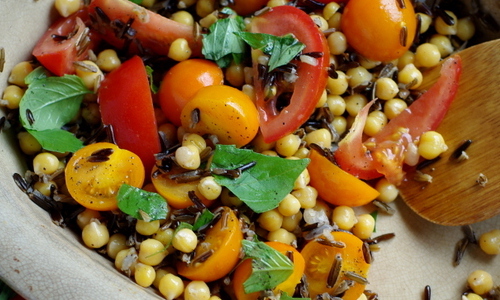
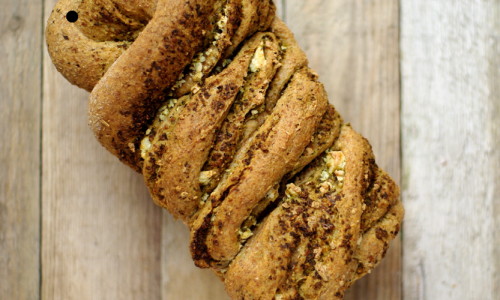
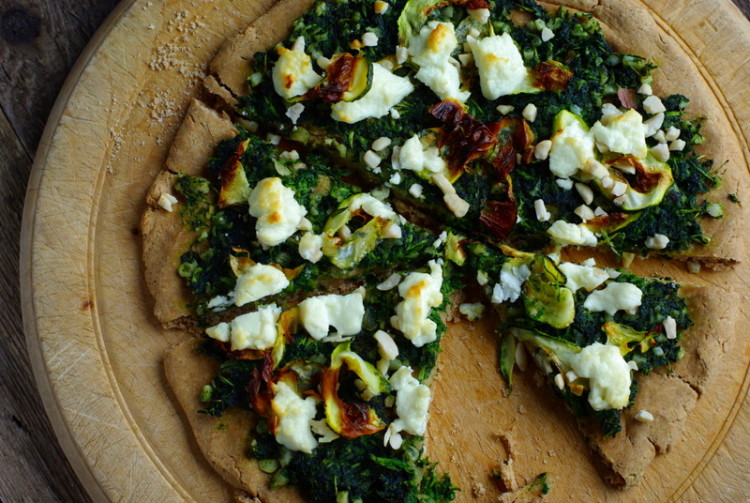

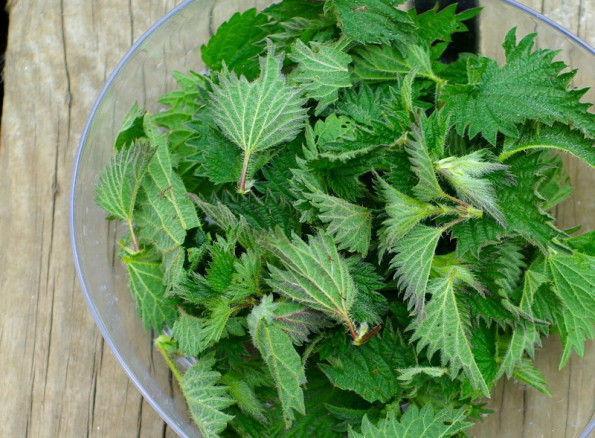
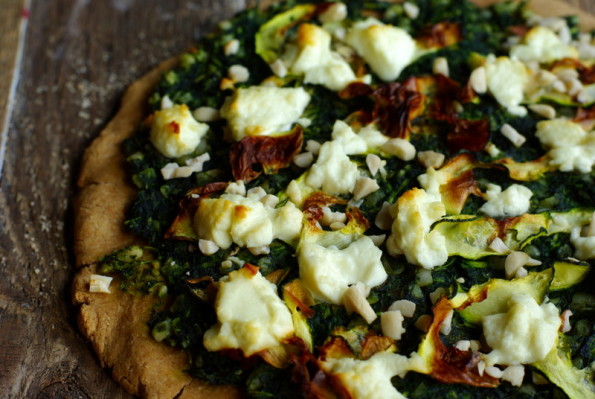
so fancy!
Very tasty too!! 😀